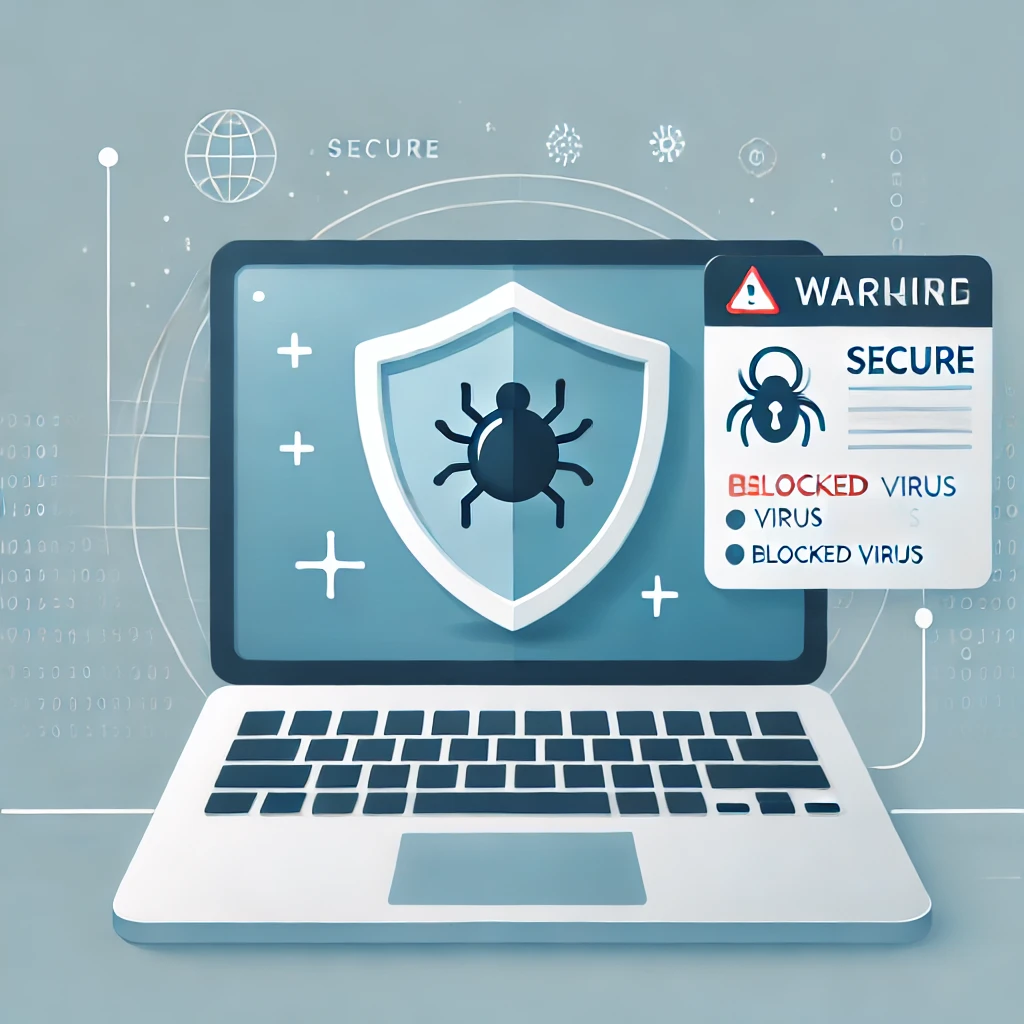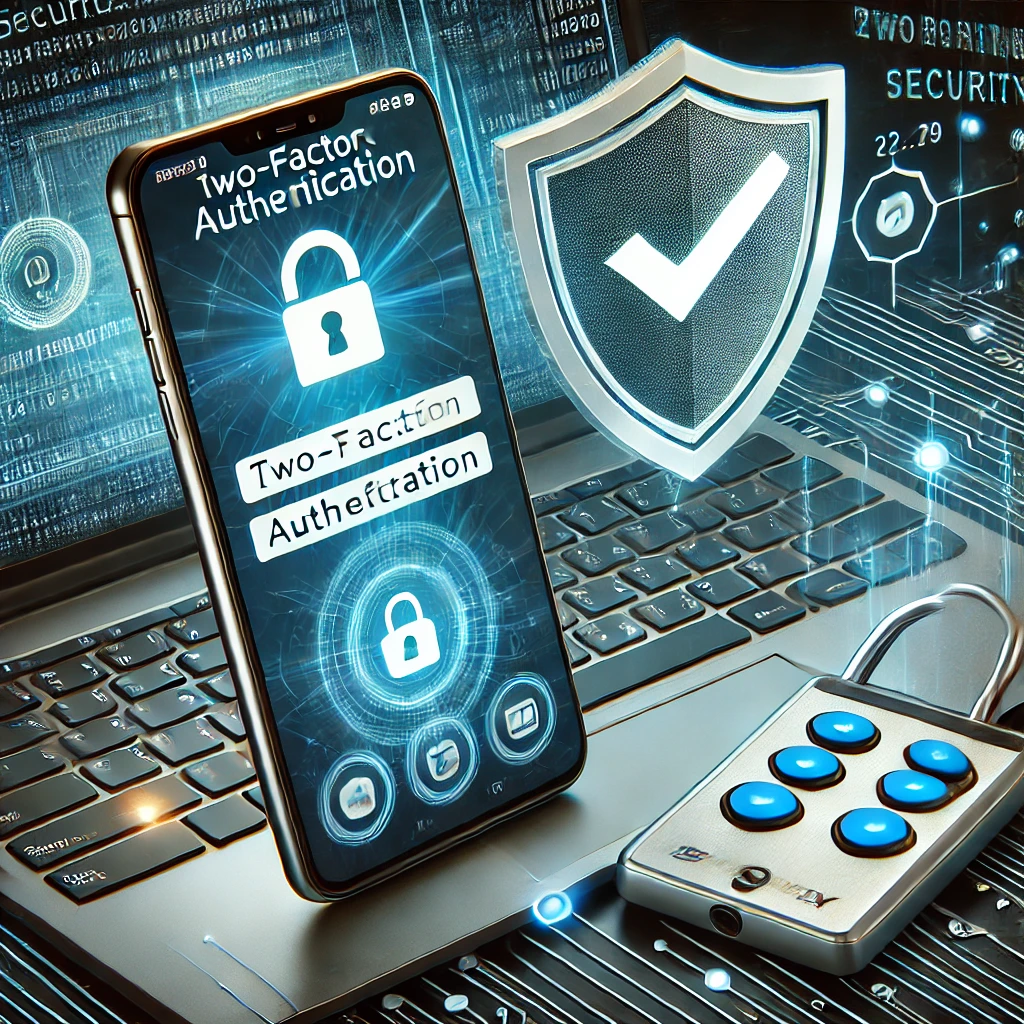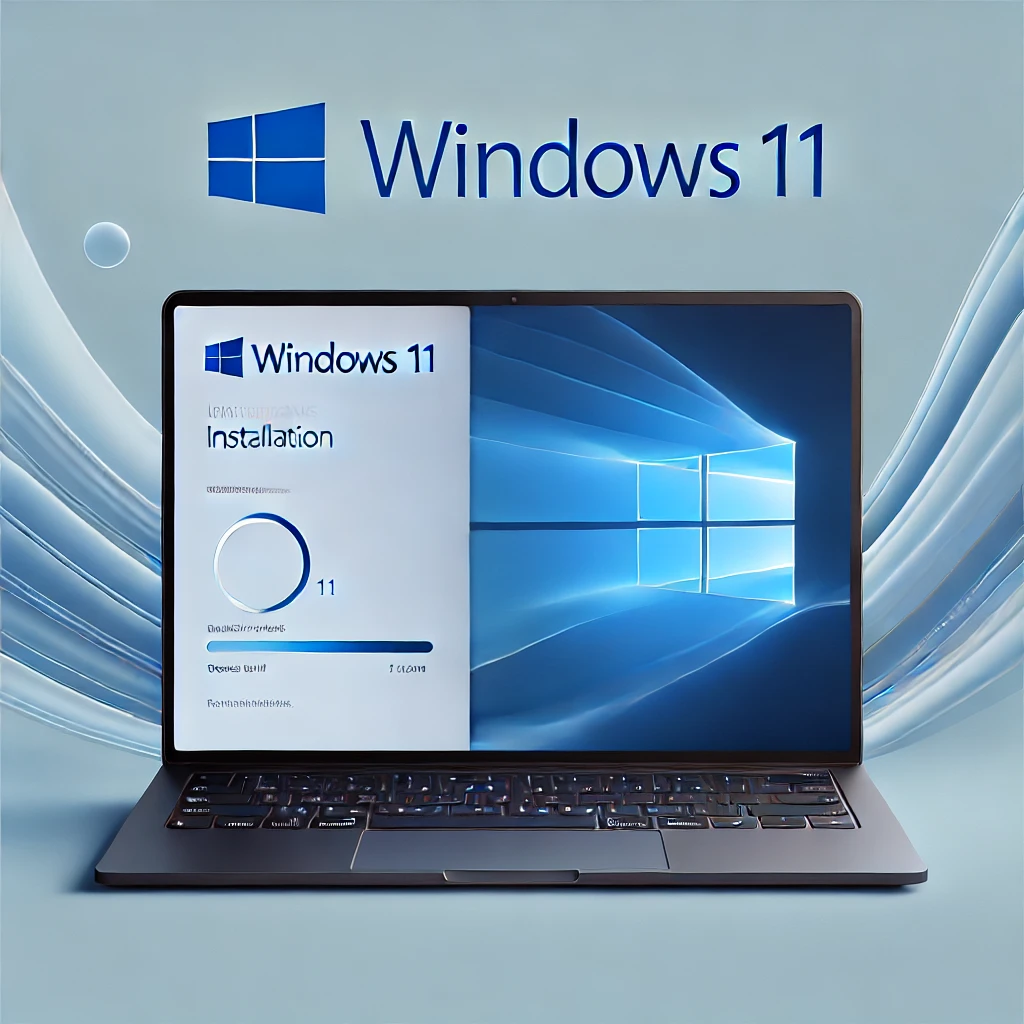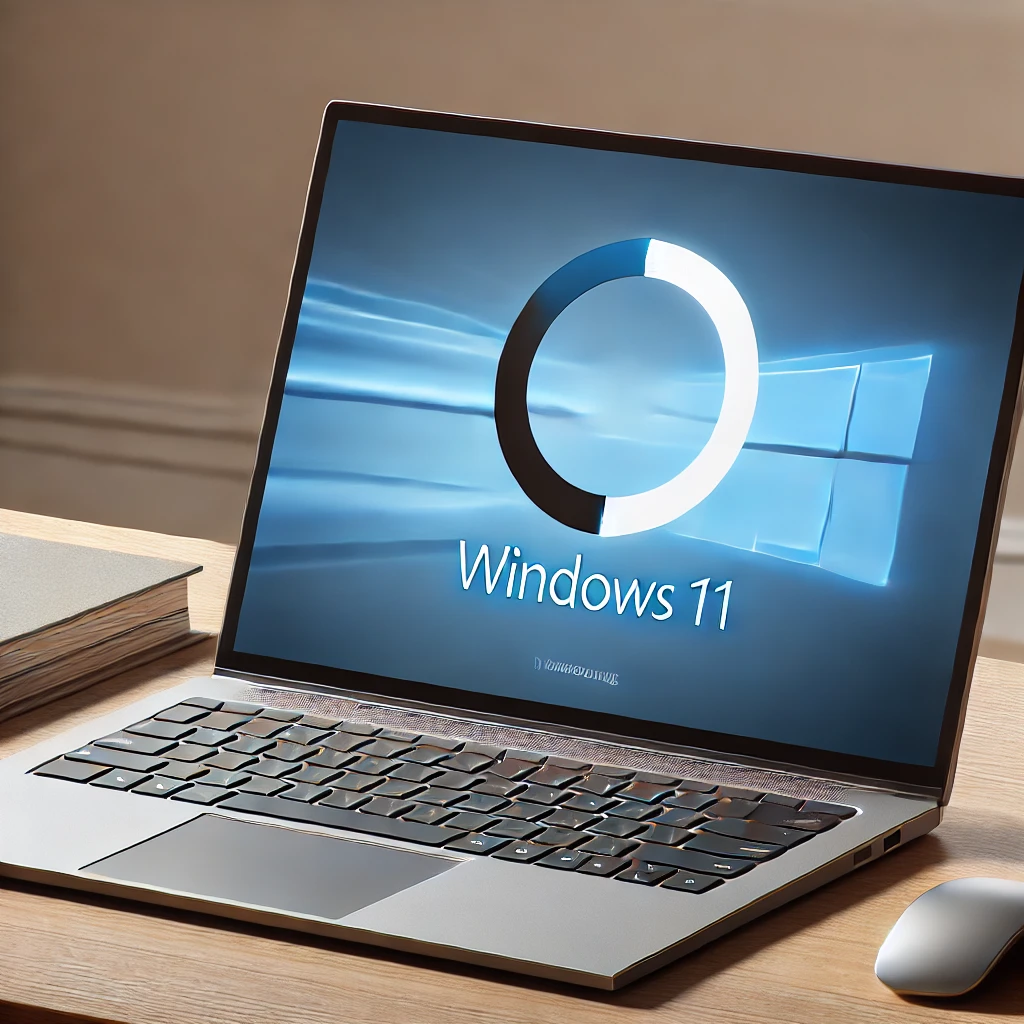With the rise of cyber threats, keeping your PC safe from viruses and malware is more important than ever. A single malware infection can lead to data theft, financial loss, and system damage. Fortunately, by following proper security practices, you can safeguard your computer from potential threats.
In this guide, you’ll learn:
✅ How viruses & malware spread
✅ Best security practices to prevent infections
✅ Recommended antivirus and security tools
✅ How to remove malware if your PC is infected
Let’s get started! 🚀
1️⃣ How Viruses & Malware Infect Your PC
Before preventing malware, it’s important to understand how infections happen. Here are some common ways viruses spread:
🔹 Phishing Emails – Fraudulent emails trick users into clicking malicious links.
🔹 Malicious Downloads – Downloading cracked software or unknown files.
🔹 Fake Websites – Visiting untrustworthy websites with hidden malware.
🔹 USB & External Devices – Connecting infected USB drives or hard disks.
🔹 Outdated Software – Unpatched vulnerabilities in outdated programs.
💡 Tip: Avoid clicking suspicious links or downloading software from untrusted sources.
2️⃣ Best Security Practices to Prevent Malware
Follow these essential security tips to protect your PC:
🔹 Keep Your Operating System & Software Updated
- Enable automatic updates for Windows/macOS.
- Update your browsers, drivers, and security software.
- Install security patches as soon as they’re available.
🔹 Use a Strong & Updated Antivirus
- Install a reliable antivirus like Windows Defender, Bitdefender, or Norton.
- Keep it updated to detect the latest threats.
- Run weekly full system scans.
🔹 Be Careful with Email Attachments & Links
- Don’t open unknown or suspicious emails.
- Verify sender details before downloading attachments.
- Hover over links before clicking to check the real URL.
🔹 Enable Firewall Protection
- Keep Windows Firewall or macOS Firewall enabled.
- If using a third-party firewall, configure it properly for maximum security.
🔹 Download Software Only from Trusted Sources
- Use official websites or trusted stores like Microsoft Store, Apple App Store, or Steam.
- Avoid pirated or cracked software, as they often contain malware.
🔹 Use Strong & Unique Passwords
- Create complex passwords with uppercase, lowercase, numbers, and symbols.
- Use a password manager to store passwords securely.
- Enable two-factor authentication (2FA) for important accounts.
🔹 Be Cautious While Browsing
- Avoid unsecured websites (look for HTTPS in the URL).
- Don’t click on pop-ups or fake security warnings.
- Use a secure browser like Google Chrome, Mozilla Firefox, or Microsoft Edge.
🔹 Regularly Backup Your Data
- Backup important files to an external drive or cloud storage (Google Drive, OneDrive, Dropbox).
- Schedule automatic backups to prevent data loss.
💡 Tip: If you ever suspect a file or website is unsafe, scan it using VirusTotal.
3️⃣ Recommended Antivirus & Security Tools
Here are some of the best security tools to protect your PC:
✅ Best Free Antivirus Software
- Windows Defender (Built-in on Windows)
- Avast Free Antivirus
- AVG Antivirus Free
✅ Best Paid Antivirus Software
- Bitdefender Total Security
- Norton 360 Deluxe
- Kaspersky Internet Security
✅ Best Anti-Malware Tools
- Malwarebytes Anti-Malware
- HitmanPro
- Spybot Search & Destroy
✅ Best Security Browser Extensions
- uBlock Origin (Ad blocker)
- HTTPS Everywhere (Ensures secure connections)
- Bitwarden (Password manager)
💡 Tip: Use a combination of antivirus + anti-malware for maximum protection.
4️⃣ How to Remove Malware If Your PC is Infected
If you notice slow performance, strange pop-ups, or unknown programs, your PC might be infected. Follow these steps to remove malware:
Step 1: Disconnect from the Internet
- Unplug your Wi-Fi or Ethernet cable to prevent the malware from spreading.
Step 2: Boot into Safe Mode
- Windows: Restart and press F8 > Select Safe Mode with Networking.
- Mac: Restart and hold Shift to enter Safe Mode.
Step 3: Run a Full System Scan
- Open your antivirus or Windows Defender and run a full scan.
- Delete or quarantine any detected threats.
Step 4: Remove Suspicious Programs
- Go to Control Panel > Programs > Uninstall a Program.
- Look for unknown or suspicious software and uninstall it.
Step 5: Reset Your Web Browsers
- Clear cookies, cache, and extensions from Chrome/Firefox/Edge.
- Reset browser settings to default.
Step 6: Restore Your System (If Needed)
- If malware persists, use System Restore to go back to a clean state.
- On Windows, go to Control Panel > Recovery > Open System Restore.
💡 Tip: If you can’t remove the malware, use Malwarebytes or a bootable antivirus.
Conclusion
Protecting your PC from viruses and malware requires a combination of good security habits, updated software, and reliable security tools. By following the steps in this guide, you can keep your system safe, secure, and malware-free.
🛡️ Stay safe online & protect your digital world! 🚀
![]()





